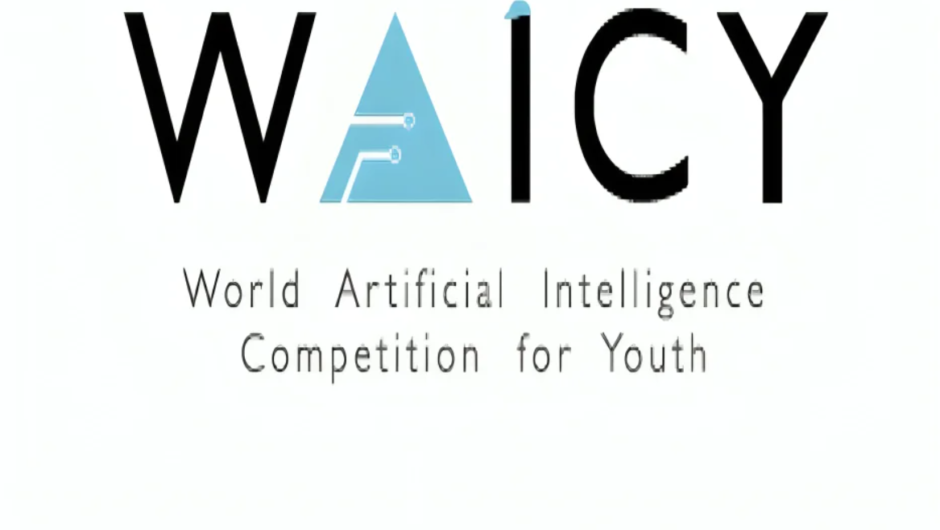China is accelerating its efforts to revolutionize the manufacturing sector by integrating AI-powered humanoid robots into production lines. This strategic move is driven by the need to address labor shortages, enhance efficiency, and maintain the nation’s competitive edge in global manufacturing.
Strategic Investments and Government Support
The Chinese government is heavily investing in the development and deployment of humanoid robots. Companies like AgiBot and Unitree are at the forefront, developing robots capable of performing complex tasks using extensive datasets collected through daily operations. The government is providing robust support, including over $20 billion in subsidies and various local funding initiatives. President Xi Jinping’s recent inspection of AgiBot’s facilities underscores the strategic importance of humanoids in addressing trade challenges, aging population, and economic slowdown.
China Advancements in Robot Capabilities
AgiBot, a Shanghai-based startup founded in 2023, has made significant strides in humanoid robotics. The company has developed the AgiBot A2, an interactive service robot designed for marketing, customer service, and public-facing roles. Additionally, AgiBot’s first-generation general-purpose embodied intelligent robot, RAISE A1, is powered by the AgiBot “Embodied Intelligent Brain,” which includes a Cloud Superbrain, Main Brain, Sub-brain, and Brainstem, responsible for mission planning and execution. By early 2025, AgiBot had produced 1,000 general-purpose humanoid robots, indicating fast scaling within the industry.
Integration into Manufacturing Processes
Humanoid robots are being integrated into various stages of manufacturing. For instance, Walker, developed by UBTech, was the first of its kind in China to carry out full-process handling tasks at an automotive factory. The company has also signed a cooperation agreement with Audi FAW and the Beijing Embodied Intelligence Robotics Innovation Center to jointly develop intelligent solutions for humanoid robots. This collaboration aims to drive humanoid robots into automotive production lines for intelligent material handling, quality inspection, and process material operations. The company is confident that its humanoid robots will achieve widespread factory applications within three years.
Economic Implications and Market Growth
The integration of humanoid robots into manufacturing is expected to have significant economic implications. The cost of industrial humanoid robots is currently between $40,000 to $50,000, while an experienced worker in the assembly line of a vehicle factory earns approximately $25,200 to $25,800 per year. As the cost of robots decreases, their adoption is anticipated to increase, potentially replacing more human workers. The humanoid robot industry in China is projected to grow from 3.91 billion yuan in 2023 to over 20 billion yuan by 2026, according to data released by the China Center For Information Industry Development.
Addressing Labor Shortages and Societal Needs
Beyond manufacturing, humanoid robots are being explored for roles in sectors facing labor shortages, such as elderly care. Tech firms like Ant Group are developing humanoids to assist with caregiving tasks, highlighting a broader vision for integrating AI-powered into daily life and addressing demographic challenges.
Challenges and Considerations
Despite the promising advancements, the integration of humanoid robots into manufacturing and other sectors presents challenges. A recent incident in China involving a humanoid robot malfunctioning and injuring a worker has raised concerns about the safety and reliability of AI-powered systems in real-world applications. This event underscores the need for rigorous testing, regulation, and oversight as humanoid robots become more prevalent in workplaces and homes.
Conclusion
China’s investment in AI-powered humanoid robots marks a significant step toward transforming its manufacturing sector and addressing societal challenges. While the potential benefits are substantial, careful consideration of safety, ethical implications, and workforce impacts will be essential to ensure the successful integration of these technologies into everyday life.





